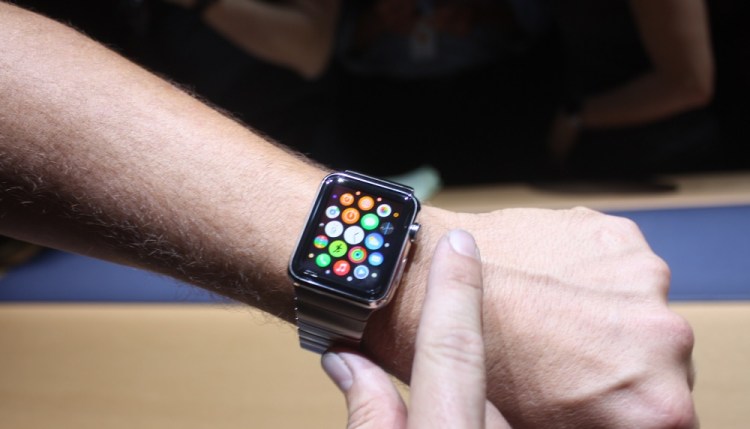We’re almost halfway into the decade that has redefined computing. Fifteen years ago, Marc Benioff and I thought there had to be a better way than floppy disks. So we set out to disrupt the industry with a new technology model, and it’s clear that our bet on the cloud was a good one.
Today, we’re entering a third wave of computing, where everyone and everything is connected. In the last two years alone, 90 percent of the world’s data was generated as a result of cloud, social, mobile, and connected technologies that transformed business models and consumer behavior. In 2015, successful companies will leverage these trends to capture and personalize every customer interaction in the cloud, transforming the way they connect with their customers.
Every company is an app company
Businesses can’t afford to react to what their customers want; they need to anticipate their needs. All business leaders need to be technologists, as every industry now has a Netflix or an Uber on the horizon, threatening to upend business as usual. Apps are driving this disruption, and every enterprise needs to become an app company. For example, Salesforce works with a leading beverage company that created apps to better connect to its local bottlers.
Today, 80 percent of Fortune 500 companies have created apps to better communicate with their customers, suppliers, and partners. And, in 2015, we’ll see an acceleration of apps created to handle business-critical functions.
Breaking down silos with business analytics
Companies that will pull ahead of their competition next year will share at least one philosophy: no information silos. Diving into data has never been more critical for businesses in order to make fast, accurate decisions about customer behaviors and needs, and drive holistic business knowledge. But in the past, it’s been the domain of specific departments.
In 2015, analytics will move into the hands of every employee. Companies will quickly deploy sales, service, and marketing analytics, and build custom analytics apps that derive actionable insights from any data source — empowering everyone, at every level of an organization, to make smarter decisions anywhere, anytime.
Wearables in the workplace
The Apple Watch will make its debut in early 2015, and the world will be watching. But we are already big believers in this next wave of mobile technology. Wearable technology is not just for consumers. It creates a tremendous opportunity for businesses too. From the salesperson who can get a quick update on her next meeting right from her wrist, to a remote service technician who can access live data and review plans for the equipment he is fixing right from his glasses — sales and customer service will reach a whole new level with the introduction of wearables.
Parker Harris oversees product strategy for Salesforce.com, from design to development to service delivery. Parker founded Salesforce along with Marc Benioff, Dave Moellenhoff, and Frank Dominguez in the spring of 1999. Prior to founding Salesforce, Parker developed cloud computing expertise at Left Coast Software, a company he co-founded in 1996, and sales force automation expertise at Metropolis Software, an early pioneer in field sales force automation subsequently acquired by Clarify.


